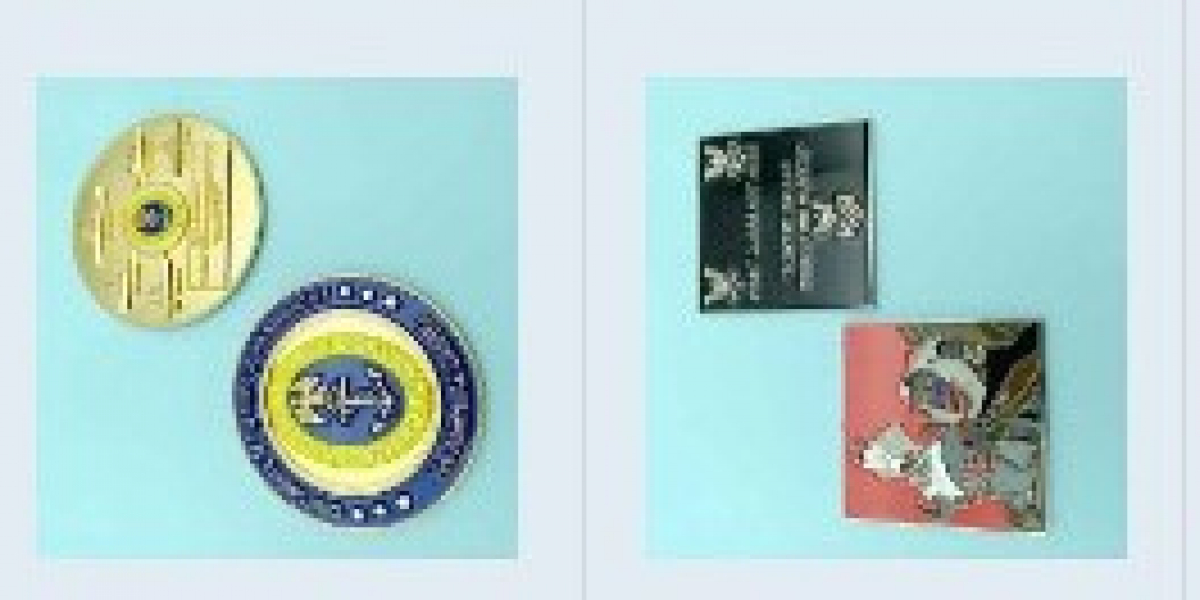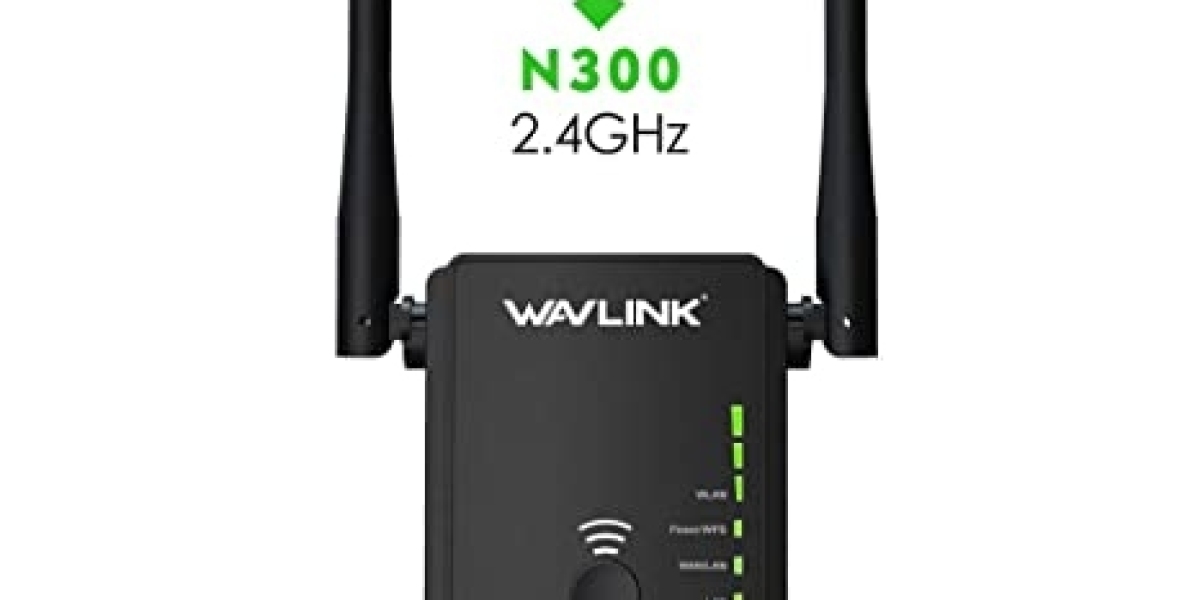Challenge coins have been a staple of military tradition and cultural significance for decades, serving as symbols of unity, recognition, and camaraderie. These small, often intricate coins have been used to commemorate various events, mark milestones, and honor achievements. As a result, the demand for high-quality challenge coin manufacturers has increased, with many businesses seeking to create unique and meaningful tokens for their organizations, teams, or special occasions. This article delves into the world of challenge coin manufacturer, exploring the process, materials, and techniques used to create these special coins.
1. The History of Challenge Coins
The origins of challenge coins can be traced back to ancient Greece and Rome, where coins were used as symbols of authority and status. In the modern era, challenge coins gained popularity during World War I, when soldiers would carry small coins with them as a symbol of their unit or squadron. This tradition continued throughout World War II and the Vietnam War, with challenge coins becoming a cherished keepsake among military personnel.
2. The Manufacturing Process
The process of creating challenge coins involves several stages:
- Design: The first step is to design the coin, which can be done in-house or by partnering with a graphic designer. The design should be unique and reflective of the organization's values, mission, or purpose.
- Tooling: Once the design is finalized, a metal die is created to stamp the coin. This die is made from hardened steel and is precision-cut to ensure accurate reproduction.
- Material Selection: Challenge coins can be made from various metals, such as copper, brass, nickel, or silver. The choice of material depends on the desired finish and durability.
- Striking: The metal die is then struck onto the metal blank to create the coin. This process can be done using a mechanical press or a hand-operated press.
- Finishing: After striking, the coin is polished and plated to enhance its appearance and durability.
3. Materials and Finishes
Challenge coins can be made from a range of materials, each with its unique characteristics:
- Copper: Copper coins have a warm, golden color and are often used for their rustic appeal.
- Brass: Brass coins have a bright, golden color and are known for their durability.
- Nickel: Nickel coins have a silver-gray color and are often used for their high-quality finish.
- Silver: Silver coins have a bright, shiny finish and are often used for their luxury appeal.
Finishes can also enhance the appearance of challenge coins:
- Plating: Plating involves applying a thin layer of metal to protect the coin from corrosion.
- Engraving: Engraving involves adding text or designs to the coin using specialized tools.
- Coloring: Coloring involves applying paint or other coatings to enhance the design or add visual appeal.
4. Customization Options
Challenge coin manufacturers offer various customization options to make each coin unique:
- Shape: Coins can be created in various shapes, such as circles, squares, or irregular shapes.
- Size: Coins can be made in various sizes, from small to large.
- Thickness: Coins can be made in varying thicknesses for added durability.
- Color Scheme: Coins can be designed with specific color schemes to match an organization's branding or theme.
5. Sourcing a Challenge Coin Manufacturer
When searching for a challenge coin manufacturer, consider the following factors:
- Quality: Look for manufacturers with a reputation for producing high-quality coins.
- Experience: Choose a manufacturer with experience in creating custom challenge coins.
- Material Options: Ensure the manufacturer offers a range of materials and finishes to suit your needs.
- Customer Service: Select a manufacturer with excellent customer service to ensure smooth communication and timely delivery.
- Pricing: Compare prices from different manufacturers while considering the quality and customization options offered.
Conclusion
Challenge coins have become an integral part of military tradition and cultural significance, serving as symbols of unity, recognition, and camaraderie. By understanding the manufacturing process, materials, and techniques used in creating these special coins, businesses can create unique and meaningful tokens that reflect their values and mission. When sourcing a challenge coin manufacturer, prioritize quality, experience, material options, customer service, and pricing to ensure that your commemorative tokens meet your expectations. With the right manufacturer by your side, you can create custom challenge coins that will be cherished by your team or organization for years to come.









